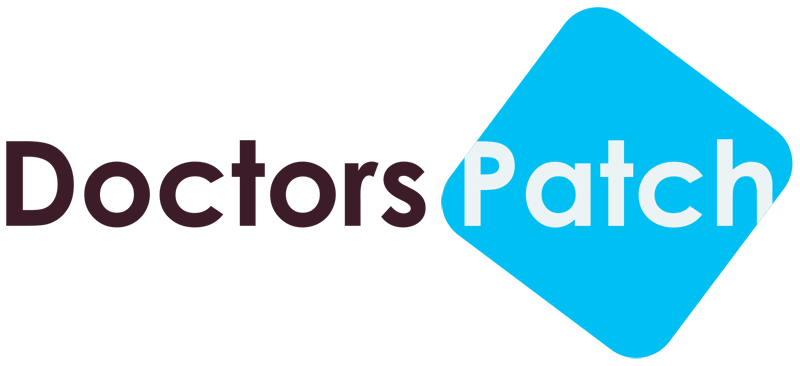
Consider this. Sheila, a physician in a Boston-based hospital, wakes up at the crack of dawn. As she strides towards the hospital, the first rays of the sun light up her path. Her first destination is the intensive care unit, where she measures vital signs of the patients, while apologizing to her patients for waking them up early.
Locating the nurses and the physician on overnight duty is next on her agenda, as Sheila needs to get updates on her patients. By the time she culls the information, it is already 7:30 a.m. and it is time for her to grab a quick breakfast. Breakfast, for her, is usually a couple of toast and egg and she hardly spends five minutes to gulp down the food. Even as she eats, she starts getting phone calls from nurses; perhaps someone has been refusing to eat or vomited after breakfast. After attending to the complaints, it is time for Sheila to visit new patients and go through their medical records.

In the meanwhile, the young physician gets a call from her senior supervisor to help him understand the plan for each patient. While Sheila is on the job, she gets several calls, and some require immediate attention. But, regardless of the patient urgency, she has to update patient charts and add notes. By then, it is almost noon and she heads towards her practice chamber, where patients are waiting in queue. In the midst of attending to patients, lunch is given a go-by. Well, that is nothing new and by the time it is evening, Sheila is already exhausted and ready to drop off. But she cannot, as there is hospital duty to attend. She quickly glances out of the window and is amazed that an entire day has gone by.
Well, Sheila’s daily grind is not unique. There are many doctors in the country who lead equally hectic lives. Their schedules are so grueling that they do not even have time for self-care and family. The result – fatigue and burnout are hitting doctors hard. As a 2015 survey points out, 46% of doctors are feeling burnt out; an increase of 6% from the 2012 figure. Another survey says that more than 80% of doctors feel that they are overworked, and again the number has seen a sharp rise from the 2012 figure of 75%. Rapid change in medical profession, EHR, and shortage of physicians are only making things worse. Doctors are emotionally exhausted, which not only impacts their personal lifestyle, but also their medical practice.
So, is there a way out of this vicious cycle of stress and burnout? Well, there are some steps that physicians can take to counter stress. A doctor needs to take time out for family and friends. They also need to pursue hobbies. As a physician from our community said, “I often used to get these headaches and realized popping those pills would not help. So, I started pursuing my childhood hobby of painting and I feel it is making a difference .” Pursuing hobbies is one good way for physicians to take a break from the roller-coaster ride of waking up, hospital visits, patients, and more patients. For, it is important to know that if physicians are in poor health, they cannot properly serve patients.
Sometimes, a physician may also need to take a break for vacation, or to re-evaluate career and existing medical practices. Locum Tenens is emerging as a viable option for many, allowing a doctor to temporarily take the palce of another physician. In fact, a good number of physicians are finding Locum Tenens as a route to gaining control over time. It gives the doctor that valuable extra time to do whatever they want. ”This helps doctors to practice medicine in the way they want. They can focus more on patient care, and helps them practice medicine the way that suits their lifestyle”, says Dr Alicia Birch, a Boston-based physician from our community.
Small wonder, then, the number of physicians opting for Locum Tenens is steadily on the rise. While a 2012 survey had pointed out that 6.4 percent of doctors wanted to opt for Locum Tenens, now the figure has increased to 9 percent. Perhaps, this can be the turning point in the medical profession, and give more breathing space to physicians.
















